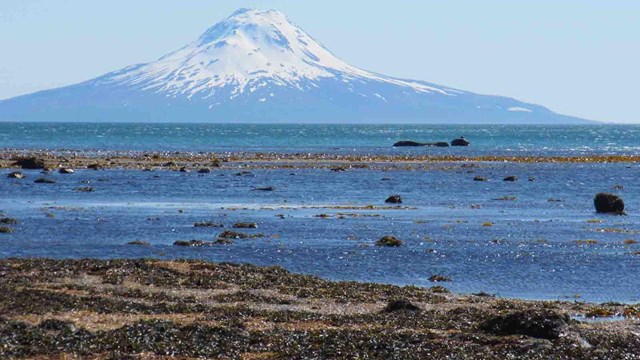
The coastal and marine environments have a wide range of habitats for marine mammals, birds, fish, invertebrates, and more.

Alaska has amazing diversity of marine and coastal wildlife.

Learn more about issues of concern related to Alaska's coasts and marine ecosystems

For thousands of years people have lived along the coast and depended on coastal and marine resources. Our relationship continues today.
Last updated: July 7, 2021
